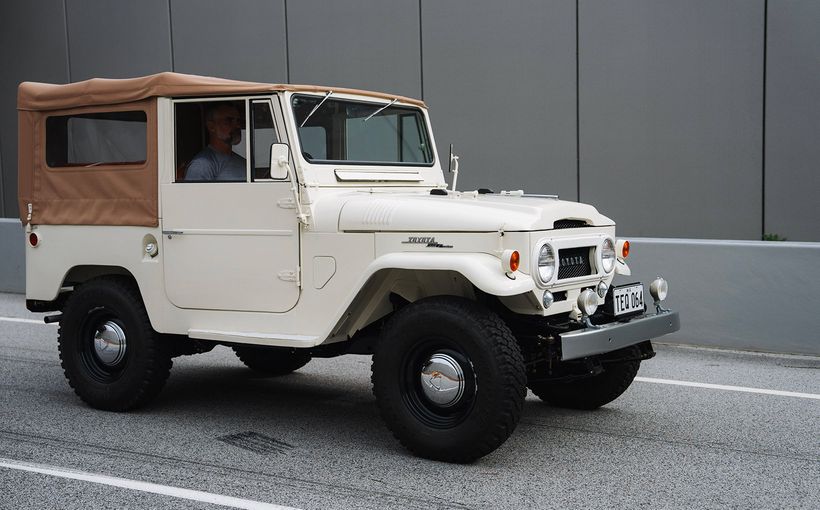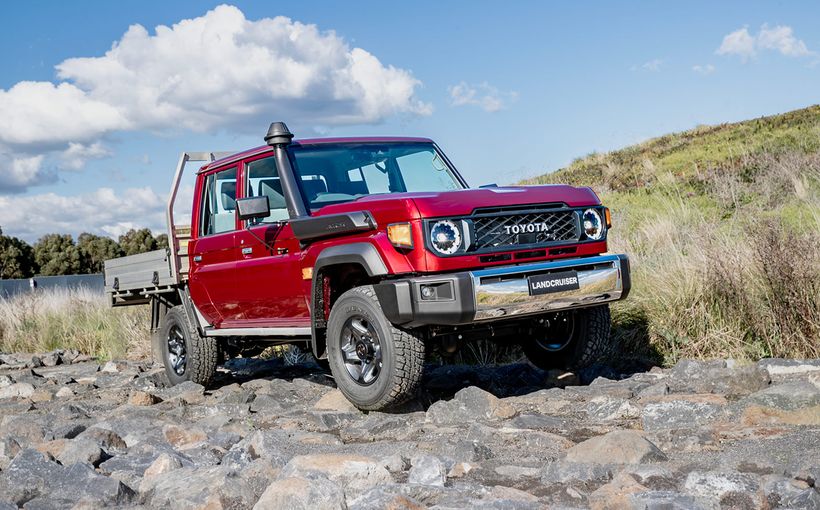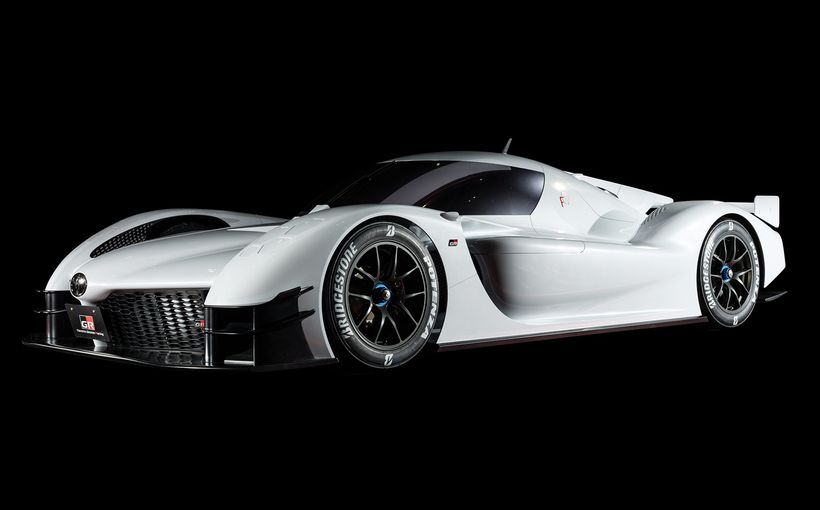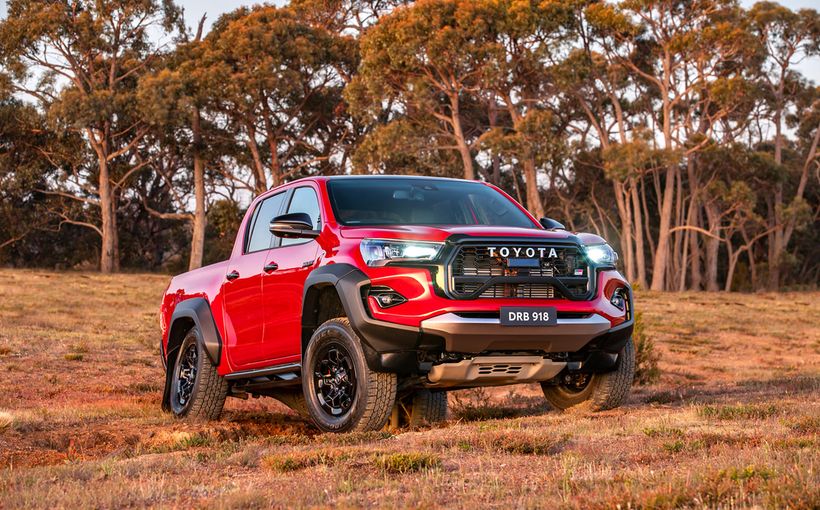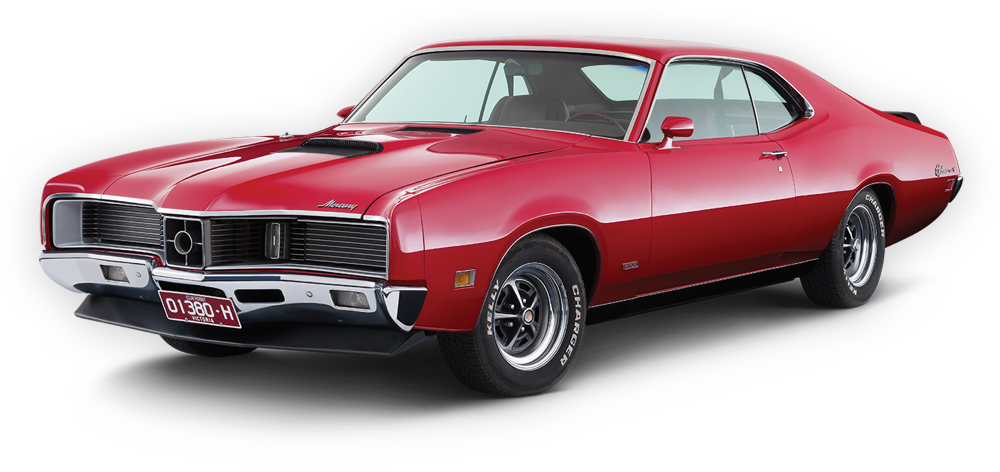Dave’s 2021 Toyota GR Yaris: Modified Rally Champ Makes a Great ‘Track Day’ Car

The NSW-based IT specialist bought his one-owner, low-km example in 2021 and has put a unique stamp on it by combining aftermarket engine, chassis and interior components to hone this WRC weapon into exactly what he wants for track days and daily road use. Forced-induction and four-paw traction are key factors in its appeal.
“I owned a turbo Suzuki Swift which was front-wheel drive and trying to take off from an intersection in the wet was horrible,” he says. “The GR Yaris is much more fun because with its four-wheel grip I can literally drop the clutch and it really does take off, so it’s not only more fun but safer too.”
Dave’s affection for turbos and all-wheel drive began years ago, when like many of his peers he was seriously into Subarus. He’s owned several, including a first generation (GC8) WRX which laid the foundation for the marque’s stunning WRC success in the 1990s.

The GR Yaris has a compact and purposeful appearance befitting a WRC ‘homologation special.’
Image: NP Media
Image: NP Media
The GR Yaris was developed primarily to ensure Toyota had a winning car for the WRC, but it was also something of a vanity project for CEO Akio Toyoda, who after platform-sharing projects with Subaru (86/BRZ) and BMW (GR Supra/Z4) wanted to create a performance car that was 100 per cent Toyota.
Its Gazoo Racing (GR) competition department and WRC-winning team under rally legend Tommi Mäkinen collaborated on what was required to take the three-door Yaris to the next level, which included double-wishbone rear suspension, wider rear track, a lower roofline and more.
WRC homologation rules required production of a minimum 25,000 units of a base car, from which a minimum 2,500 units could be derived for a competition version.

It may look fairly stock but this GR Yaris has numerous modifications. Note how Toyota extended the wheel housings to shroud the much wider rear track. Dave's yellow recovery hooks front and rear enhance its 'track day' appearance.
Image: NP Media
Image: NP Media
The GR Yaris featured a new Gazoo Racing-designed turbocharged three-cylinder DOHC 12-valve engine of just 1.6 litres (maximum capacity allowed under WRC rules) producing around 200kW and 370Nm.
This was matched with a six-speed manual gearbox and permanent all-wheel drive system, with an electronically-controlled centre diff to distribute torque between the front and rear axles in driver-selectable percentage splits of 30F:70R, 40F:60R or 50F:50R.
It was also armed with huge 356mm slotted front disc brakes clamped by four-spot calipers. With an athletic 1280kg kerb weight, assisted by use of aluminium doors, bonnet and tailgate plus a carbon-fibre polymer roof panel, the GR Yaris could do the 0-100km/h sprint in 5.5 seconds on its way to a 230km/h top speed.

Although the full-house competition version is based on the road car, it features extreme modifications allowed under WRC rules that transforms the GR Yaris into a ferocious 500+bhp forest racer. It has enjoyed great success since its debut in 2022, winning three manufacturer and two driver championships in three seasons.
Image: Toyota Gazoo Racing
Image: Toyota Gazoo Racing
And in 2024 Toyota launched a facelifted version with body and suspension upgrades to cope with more power (224kW) and torque (400Nm), plus a new eight-speed automatic option with steering wheel paddles for semi-auto shifting.
So, back to Dave’s hand-fettled GR Yaris, which due to his own engine upgrades is now producing 200kW - at all four wheels! Allowing for drivetrain losses, that’s about 250kW at the flywheel or 50kW more than its original output (and more than the latest GR Yaris).
Dave’s modifications include a pair of Kelford EZ camshafts, stronger valve springs and installation of head studs in the cylinder block, to increase clamping force on the head gasket if he opts for a larger turbo.

Nothing to see here. Dave’s engine bay literally keeps a lid on his performance upgrades!
Image: NP Media
Image: NP Media
The standard exhaust system is fitted with a 2.5-inch straight-through stainless muffler, to decrease back pressure and (slightly) increase noise levels.
Chassis tuning includes Shockworks coil-overs with a lower ride height, Hardrace rear camber and toe adjusters, Whiteline adjustable sway-bar links, high-performance brake pads and braided lines. Dave is also working with Selby Suspension to create a tailor-made pair of sway-bars.
“I’ve gone through a few different spring-rate combinations, working with Chris from Shockworks to get the balance just right, so now but I’ve got to do the (standard) sway-bars so that it has less roll which will give me a bit more cornering speed.”

Rays Engineering forged alloy wheels look superb and are immensely strong.
Image: NP Media
Image: NP Media
“I just love the TE37s, I’ve had them on many cars,” Dave explains. “They’re so strong they can hit gutters and still survive and they’re also super lightweight. I didn’t go for a 9.5-inch width like a lot of people do, because I didn’t want to make them heavier by adding another half-inch of rim.”
The interior is largely stock apart from AEM turbo boost/air-fuel ratio gauges, seated on a neat custom-made mount Dave created using a 3D printer. The standard driver’s seat has also been replaced by a hip-hugging Velo competition bucket, again primarily for track use.
“I like to be able to feel what the car’s doing and I can’t get that from the standard seat. I can feel what the suspension and tyres are doing because I’m firmly bolted into the car. It makes me safer because I can feel the car better.”


Extra gauges and competition seat are tailored for track use. Dave sticks with the standard lap-sash seatbelt rather than a multi-point harness for practical reasons, as this car is also his daily driver.
Image: NP Media
Image: NP Media
“It’s a fun car to drive because it’s completely planted, plus it’s turbocharged and I love turbo cars,” Dave says. “But it’s also practical because I can drive it to work during the week, it’s comfortable in traffic and it doesn’t use much fuel. I can usually get about 500km from a tank.”
Even so, his performance-enhancing modifications show no sign of ending soon. He’s toying with the idea of adding water-methanol injection, which he estimates could raise engine output to around 220kW at the wheels. And he has a robust dual-plate Uniclutch assembly ready to install.

Is the GR Yaris the ultimate road and track weapon for enthusiasts?
Image: NP Media
Image: NP Media
“They’ll be custom-made because you can’t just throw a splitter and wing on and hope for the best. I’ll be 3D-scanning the whole car and sending that off to someone who’s going to work out the right size splitter-and-wing combination to get the aero balance right.”
Yep, it looks like development of Dave’s GR Yaris still has a few laps to go in his quest for track day perfection but as the old saying goes, it’s the journey not the destination, right?



